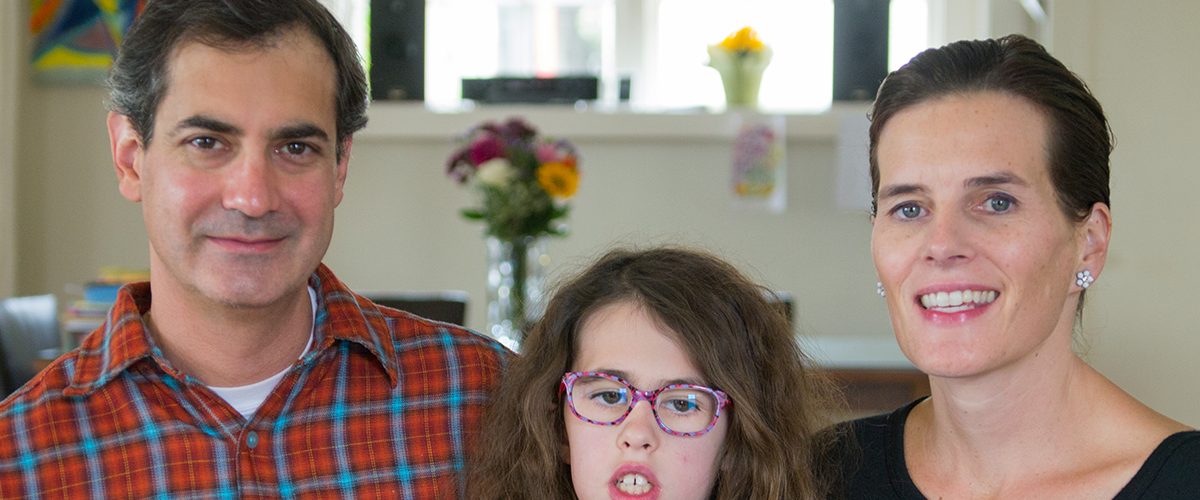Diagnostic Odyssey of Patients with Myotonic Dystrophy, Journal of Neurology, 2013
Researchers from the University of Rochester recently summarized the “diagnostic odyssey” experienced by a group of 814 individuals with myotonic dystrophy enrolled in their national registry. They focused on individuals with a confirmed diagnosis and with first symptoms starting after more than 4 weeks of age, and collected the age when the first symptom was observed, the type of symptom first experienced, any misdiagnoses, the age when a correct diagnosis was made, and the diagnostic tests administered.
This study found that members with myotonic dystrophy type 1 (DM1) experienced an average of 7 years delay to diagnosis, and members with myotonic dystrophy type 2 (DM2) had an even more stunning delay of 14 years to get a correct diagnosis. On average, DM1 individuals experienced their first symptoms at age 26, whereas DM2 individuals had a later average age of onset at 34 years old. In general, one quarter of the study’s myotonic dystrophy population experienced their first symptom before the age of 18.
Researchers determined that the type of symptom that manifests first can help dictate how quickly it will take for a correct diagnosis for DM1. In DM1, members who reported weakness as their first symptom waited on average 6.6 years for their diagnosis, whereas a significantly longer delay in diagnosis was found when the first symptom was myotonia (7.6 years), fatigue (11.5 years), and sleep disturbance (15.6 years). In DM2, a proper diagnosis was delayed on average 7 years, and was not significantly changed based on the type of symptom first observed. The most common first symptom in DM1 was grip myotonia, followed by arm weakness, general weakness and leg weakness. The most common first symptom in DM2 was leg weakness, followed by grip myotonia, general weakness and arm weakness.
Given that members with DM2 waited much longer for a correct diagnosis, the researchers further examined what caused the delay. One quarter of DM2 members had an incorrect diagnosis, most often originating from a neurologist. The most common misdiagnosis was limb-girdle muscular dystrophy, but others included chronic fatigue, fibromyalgia, arthritis, and multiple sclerosis. DM2 members also underwent significantly more testing than DM1 members, having more EMGs, muscle biopsies and genetic testing. Overall, 71% of DM2 members in this study had a confirmed genetic diagnosis, compared to 58% of DM1 members.
The authors stressed the need for a timely diagnosis to facilitate addressing the short term medical needs of people with DM, because many of the symptoms are disabling and reduce quality of life. They also note that it is “imperative to diagnose patients earlier in the disease course if promising experimental therapies can reverse or delay onset of symptoms and potentially ward off the progression of many disabling manifestations”. Now that genetic diagnoses have been available for DM1 and DM2 since 1992 and 2001, respectively, and much effort is being put into educating the community and medical trainees about DM, hopefully the diagnostic odyssey for people with DM will be improved.
An abstract of the original article can be found here.
08/22/2013

